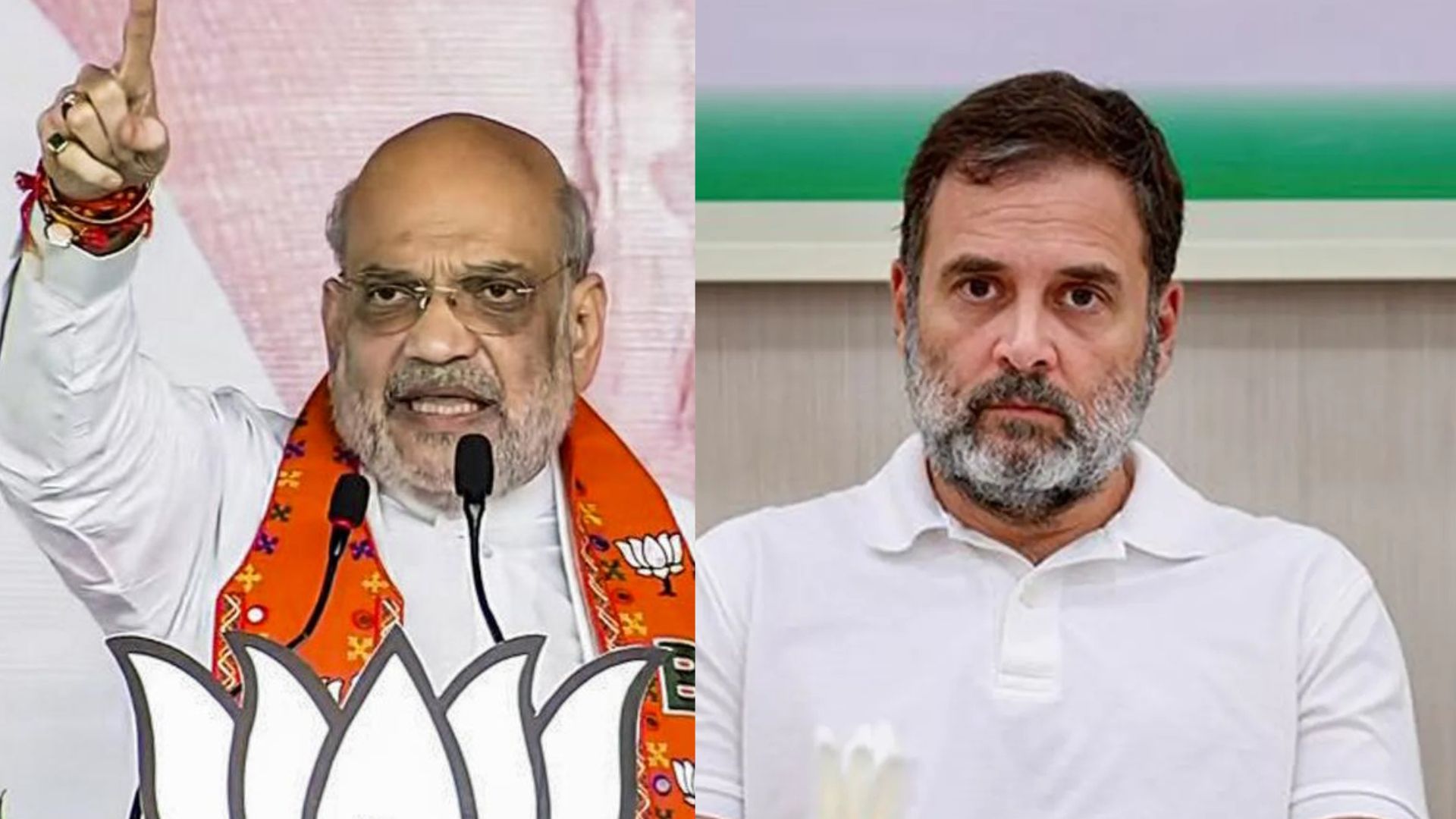
External geopolitical factors such as the Russia-Ukraine war and the resultant supply chain disruptions have led to an increase in the prices of several essential items such as energy, food, and metals. Some argue that since India imports a fraction of its Oil from Russia, the ongoing crisis there should not have an impact on Indian fuel prices. These people miss the fact that the effect is felt on the Indian basket of Crude Oil, which has a direct impact on the price at which India buys Oil. The price of Oil available for import by India increased from about $73.3 a barrel in December 2021 to over $110 a barrel in the first week of April 2022. In March 2022, the Indian energy basket recorded its highest price at $128.24 per barrel, while Brent Crude went ballistic, beyond $130 per barrel for the first time since 2008, the highest in 14 years.

India imports over 83% of its Oil requirement. In addition, since fuel prices are relatively unregulated in India, this means external events can have a significant impact on domestic fuel prices. However, despite this, prices of Petrol and Diesel were not changed since December 2, 2021,for 137 days in a row. LPG prices were not changed since October 6, 2021 or 167 days.The current hikes in Petrol and Diesel prices come against this background. The hikes in Petrol and Diesel in India by 5-10% are miniscule compared to the massive rise of anywhere between 52-58% in other countries, in the last few months. In the US, Petrol costs an average of $4.637 per gallon, which is nearly 20% higher than the price just a month ago. In the UK, Petrol prices have consistently been hitting all-time highs over the last month, with the latest price at 1.79 pounds a litre. This is over 20% higher than it was a month ago. In Germany, the price of Petrol has increased by 15% over the last one month alone.
Retail food inflation (CFPI), which affects the common man the most has remained benign in India throughout most of the year and slightly increased recently to 5.85% in February 2022 due to external factors. Average inflation for the period April-February 2021-22 stood at 5.37% as against 6.22% in the corresponding period the previous year, as in, the pandemic year. In the monetary policy announced on 8th April 2022, the RBI raised its inflation projection for FY23 from 4.5% to 5.7%, primarily on account of the phenomenal rise in global Crude Oil prices.5.7% is still lower than RBI’s upper band of 6%.
RBI maintained an accommodative stance, keeping the Repo rate at 4%, for the 11th time in a row, in the monetary policy announced on April 8, 2022. While the US Fed raised interest rates by 25bps on 16th March 2022, RBI’s decision to not raise the repo rate once again showcases how the Modi government is pro-middle-class. Of course, with 10-year benchmark yield hitting 7% on the 8th of April, at some point this year RBI will have to raise the Repo rate, to curtail inflationary expectations. But since calibration has been the essence of RBI’s policy, rather than lumpy hikes, any rate hike will also likely be a calibrated one, which is absolutely the right way to do it.
Since the Modi Government took charge in 2014, inflation has remained under control. Retail inflation crossed the 6% mark only eight times between May 2014 and March 2020, when the nation-wide lockdown was announced to protect the nation from COVID-19. Post-pandemic, the rate of CPI inflation crossed the 6% mark only rarely and that too only in response to external, largely uncontrollable factors. To set some context, it is important to note that the country experienced the worst era of inflation from 2010 to 2014 under the Congress-led UPA.
Under the UPA, retail inflation was more than 9% in 22 of the 28 months from January 2012 to April 2014. During this time, inflation even crossed into double-digits, 9 times. This was largely due to irresponsible fiscal policies, crony capitalism, and policy paralysis. Fuel inflation is a complex issue due to the linkages with global Oil prices. However, the Modi Government has been forthcoming and transparent in its pricing policies, accounting standards and also in how it is using its cess collections for the benefit of the nation as a whole. No one should forget that the Congress left unserviced Oil bonds of over Rs 1.5 lakh crore, which are being serviced by the Modi government. Congress earned political mileage by burdening future generations, via these Oil bonds.
On November 3, 2021, the Central Government cut the excise duty on Petrol and Diesel by Rs 5 per litre and Rs 10 per litre, respectively. The entire cut in price was on cesses, so there was no impact on the revenues of States. After the Centre slashed excise duty on Petrol and Diesel, all Bharatiya Janata Party (BJP)-ruled states also cut value-added tax (VAT) on fuel by anywhere between 13-21%. However, so far six Opposition ruled States have not reduced their taxes on fuel by even a single penny. These states are Andhra Pradesh, Kerala, Maharashtra, Tamil Nadu, Telangana, and West Bengal. Jharkhand reduced prices for certain segments, not for all. Chhattisgarh reduced VAT by a token 1% and Rajasthan by a measly 4%, while Delhi reduced VAT on Petrol but not on Diesel. It is nothing but rabid hypocrisy on the part of Opposition ruled States to expect the Centre to keep cutting excise duties, while these Opposition leaders are themselves refusing to cut VAT in their own States, by even a single penny!
Speaking of edible Oils, to provide relief to consumers, the Modi government reduced Customs duty on Crude Palm Oil from 35.75% to 8.25%. On Sunflower and Soybean Oil, the Customs duty was reduced from 38.5% to 5.5%. These duty reductions provide relief in excess of Rs 20000 crore.
Customs duty on Masoor was reduced from 30% to 10%, giving a yearly relief of Rs 1000 crore, while Customs duty on Steel was rationalised significantly. Further, Customs duty was exempted on Iron and Steel scrap, while Customs duty was also rationalised on Copper scrap. In addition, anti-dumping duties were revoked on various kinds of Steel. This provided significant relief to the metal industry. In textiles, Customs duty on key raw materials like Caprolactam, Nylon Chips and Nylon Yarn were rationalised. Anti-dumping duty was revoked on key raw material like viscose fiber, PTA, other fibers and Yarn, to make available these raw materials to industry, at reasonable cost. As COVID relief measures, significant exemption from Customs and GST were provided to medicine and medical equipment like Oxygen concentrators and ventilators.
Throughout 2020 and 2021, approximately 38 lakh MT of free food grains were provided every month to 81 crore beneficiaries under the Pradhan Mantri Garib Kalyan Anna Yojana (PMGKAY). This year as well, the government will be providing free food grains till September 2022. Under GST, the weighted average rate has come down to 11.6% according to the RBI as compared to the revenue-neutral rate (RNR), as recommended by the RNR Committee, of 15.3%.
According to P Chidambaram, the Modi government has earned Rs 26.5 lakh crore from fuel tax collections between 2014-2021. He adds that the total outgo on free food grain, cash allowances to women, PM-Kisan and other cash transfers is “no more than Rs 2.25 lakh crore — which is less than the annual fuel taxes collected by the Centre alone.” These numbers posed by the former Finance Minister are nothing but a vicious bunch of lies. The outlay on PMGKAY alone is Rs 3.4 lakh crore while under PM-Kisan, over Rs 2 lakh crore has already been given to over 10 crore farmers. One is not even counting the subsidised gas cylinders given under PM Ujjwala Yojana or close to Rs 1 lakh crore that is being spent on giving free COVID vaccines to those who can’t afford it, or the huge amount of money being spent to give free health insurance under Ayushman Bharat, to the marginalised sections of the society.
According to the RBI, the total developmental expenditure by the Central government during the period 2014-22 was a whopping Rs 90,89,233 crore (Rs 90.9 lakh crore). This included more than Rs 26 lakh crore in the form of capital expenditure to modernise infrastructure and create productive assets, Rs 25 lakh crore for food, fertilizer and fuel subsidies and Rs 10 lakh crore on social services such as health, education, affordable housing, etc.
It is clear then, that the collections from the fuel tax have been put to good use as developmental expenditure, by the Modi government. It is unfortunate that a former Finance Minister (P.Chidambaram), would miss out on these basic data points either due to sheer oversight or deliberate ignorance.
Either way, it exposes Congress and its falsehoods. The hard truth is, as compared to Rs 90.9 lakh crore spent on developmental expenditure by the Modi government in the last eight years, the previous Congress dispensation spent only Rs 49.2 lakh crore over a 10 year period, from 2004-2014. So to cut a long story short, while the erstwhile Congress regime behaved like the reckless, prodigal son and did not even bother to regret or repent for its recklessness, the Modi government has repaired and reinvigorated the Indian economy,with Prime Minister Narendra Modi taking the bold lead in combining the best of both–Welfarism and Unrelenting Reforms.
(The first part of the article was published last week.)
The writer is an Economist, National Spokesperson of the BJP and the Bestselling Author of ‘The Modi Gambit’. Views expressed are the writer’s personal.















